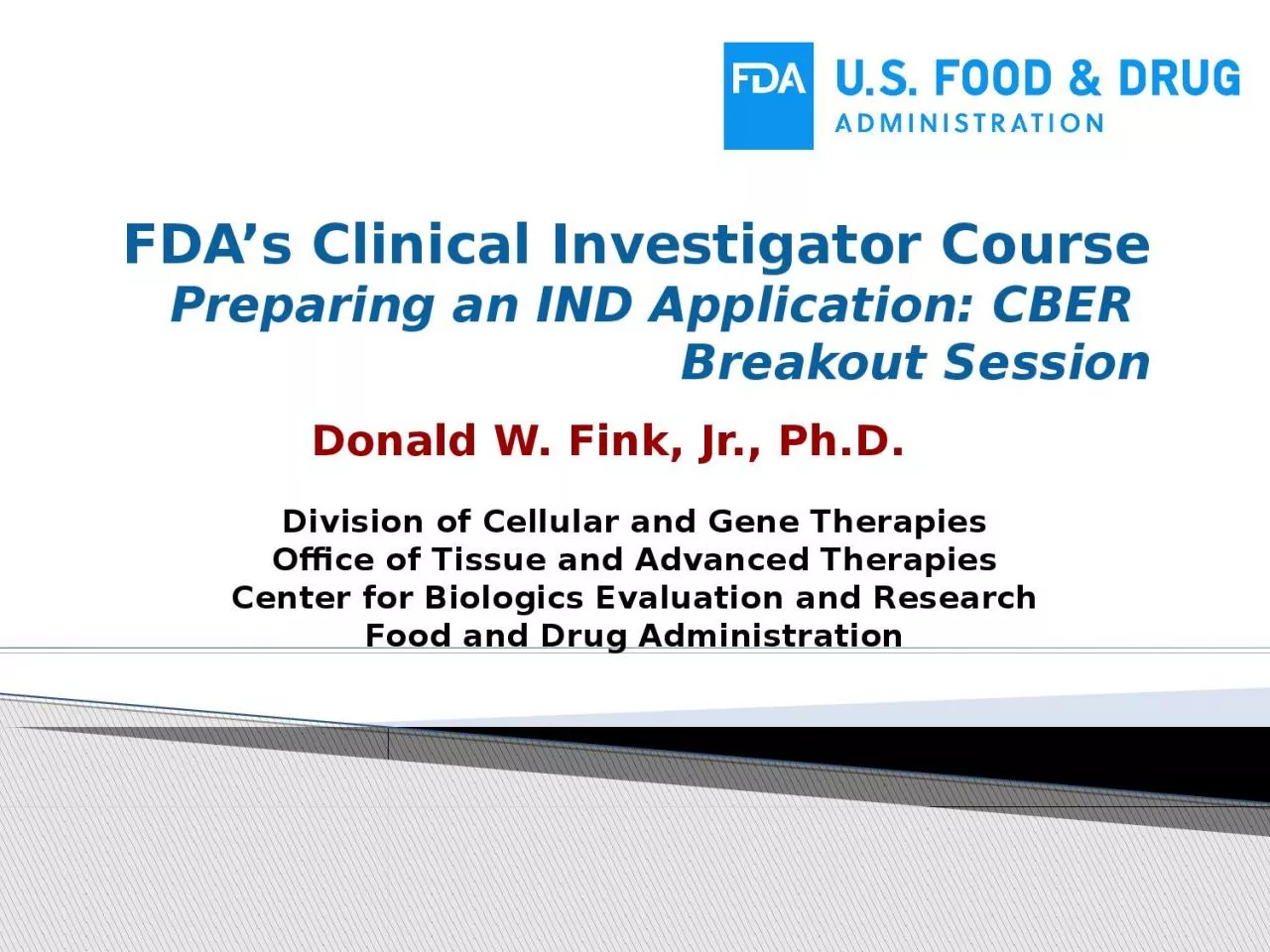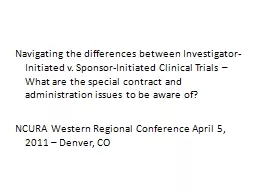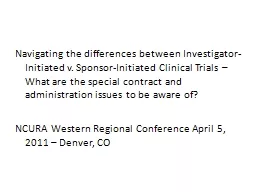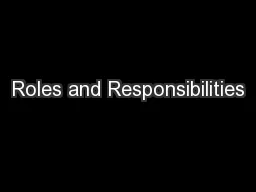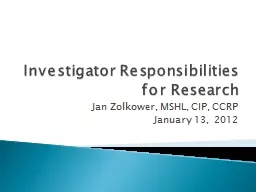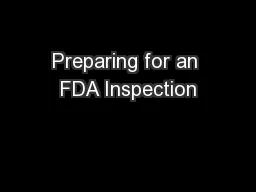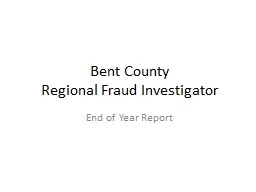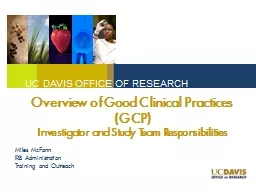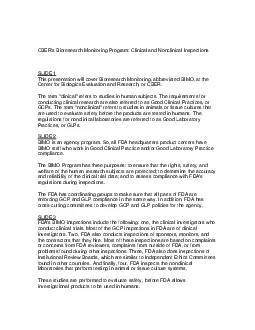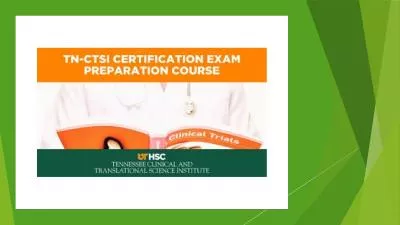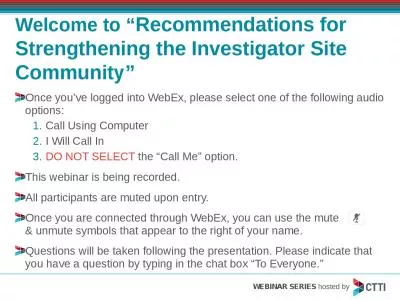PPT-FDA’s Clinical Investigator Course
Author : beatrice | Published Date : 2024-01-29
Preparing an IND Application CBER Breakout Session Donald W Fink Jr PhD Division of Cellular and Gene Therapies Office of Tissue and Advanced Therapies Center for
Presentation Embed Code
Download Presentation
Download Presentation The PPT/PDF document "FDA’s Clinical Investigator Course" is the property of its rightful owner. Permission is granted to download and print the materials on this website for personal, non-commercial use only, and to display it on your personal computer provided you do not modify the materials and that you retain all copyright notices contained in the materials. By downloading content from our website, you accept the terms of this agreement.
FDA’s Clinical Investigator Course: Transcript
Download Rules Of Document
"FDA’s Clinical Investigator Course"The content belongs to its owner. You may download and print it for personal use, without modification, and keep all copyright notices. By downloading, you agree to these terms.
Related Documents

